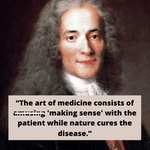One of the topics that regularly comes up in our courses is how relevant are more static/clinical tests to our everyday dynamic and function related movements. We have decided to address this in this blog.
We also have a special treat. A sneaky link to Cor-Kinetic founder Ben Cormack's new article in July's Sportex Medicine *Click Here*
Read more






